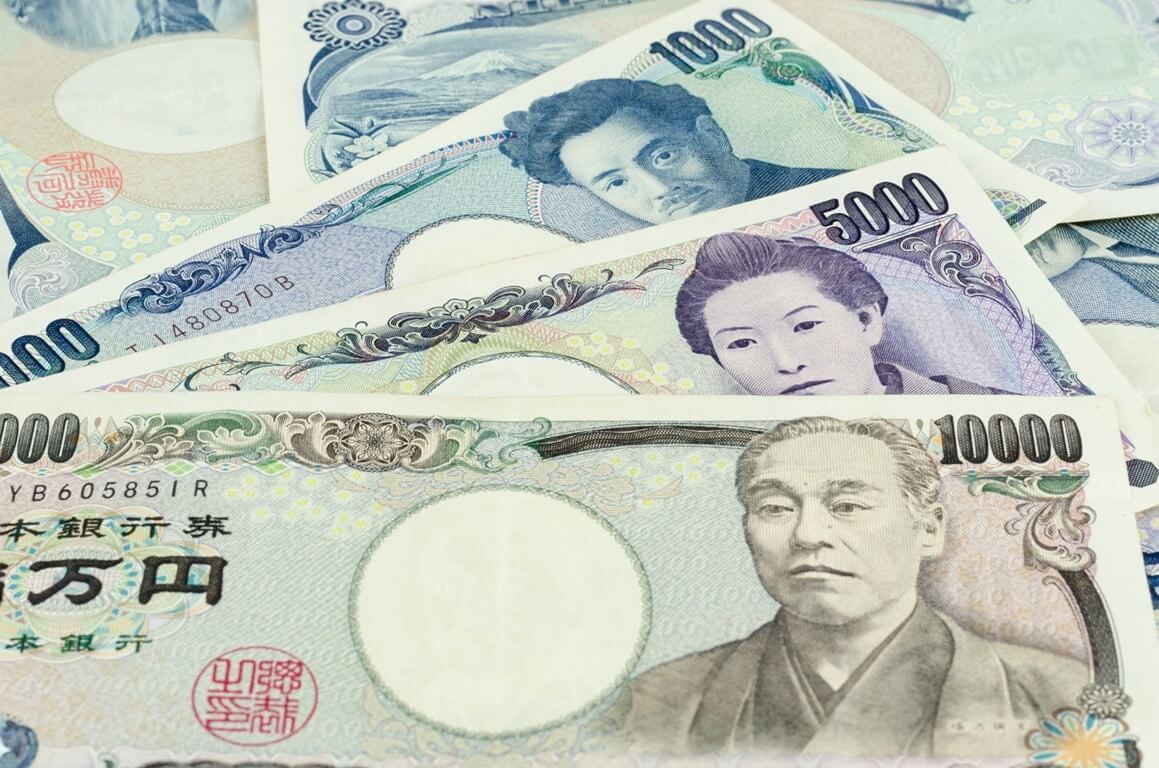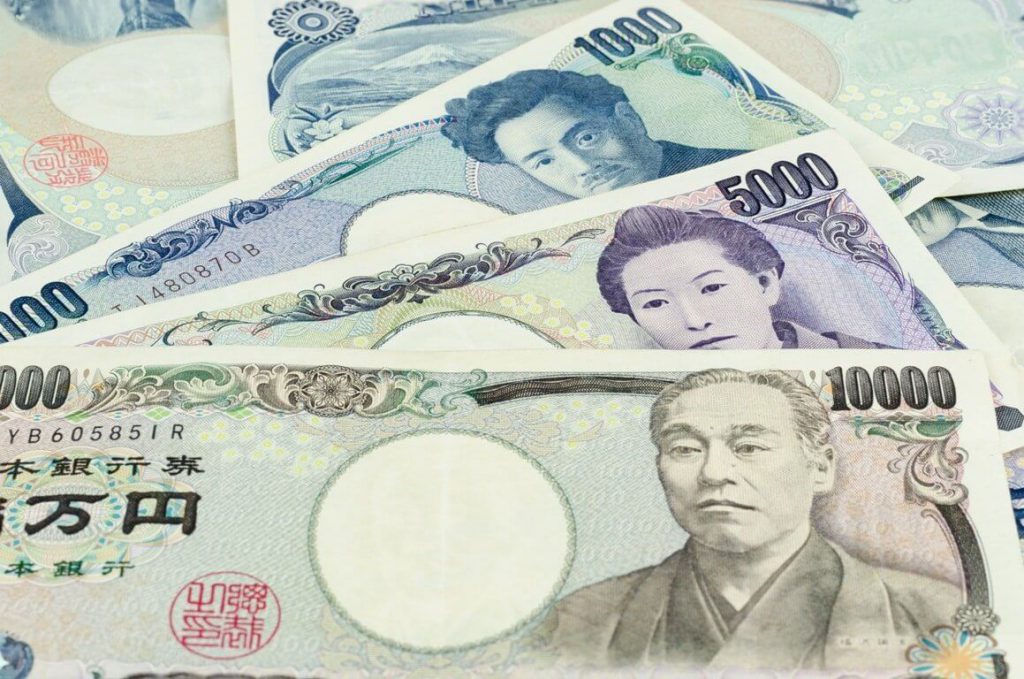
The Euro soared on Monday while the Yen hit a new low
The Euro rallied on Monday as risk appetite increased on the FX market. Investors await a European Central Bank (ECB) policy meeting, which is later this week. European shares also soared, boosted by miners and luxury stocks as China further eased COVID-19 restrictions.
Markets have already priced in several ECB rate hikes and the end of bond-buying stimulus. However, they want more clarity on what comes after. According to U.S. futures market data, speculators are holding their most significant net-long euro position in twelve weeks. In addition, hedge funds are loaded up on euros.
Roberto Mialich, the forex strategist at Unicredit, noted that he expects the common currency to be rangebound ahead of the ECB policy meeting. Mialich added that a hawkish surprise, particularly ECB president Christine Lagarde opening the door to a 50 bp rate increase in July, would support the Euro. It climbed up by 0.1% to $1.073 at 1121 GMT.
On the other hand, Morgan Stanley expects the European Central bank to complete the exit from negative rates in September. Considering the uncertain growth outlook, Morgan Stanley analysts see the ECB changing gears after September and have penciled in the next rate increase at the projection meeting in December with a pause afterward until September 2023.
Barclays thinks the ECB depo rate will be at 0.75% by the first quarter of 2023, and there will be a pause in hiking thereafter. Moreover, forex markets are pricing in 130 basis points (bps) of ECB rate increases by the end of 2022. That includes a 30% chance of an additional 25 bps move beyond the 25 bps in July, which is fully priced.
How is the U.S. currency faring today?
The U.S. Dollar Currency Index declined by 0.1% at 102 against six major currencies, trading near its lowest level since April 25 at 101.29, hit on May 30. The greenback extended its gains on Friday after data showed a tight labor market that could keep the U.S. Federal Reserve going with rate hikes. Traders have been increasingly cautious about the currency after it hit its highest in a decade in mid-May. Despite that, some investors believe that a monetary tightening cycle coupled with an economic growth narrative might provide further support to the greenback.
Meanwhile, the Chinese offshore yuan skyrocketed almost to its one-month high against the dollar at 6.638. The currency got some support from recent positive signals for a domestic economy that was battered by coronavirus restrictions. Beijing plans to further relax Covid-19 curbs by allowing indoor dining. State media wrote on Sunday that the capital steadily returned to normal with the infection rate decreasing.
Some analysts don’t expect the yuan to firm further in the short term, though. They think the central bank wants to maintain the currency at low levels to support the country’s economic growth.
On Monday, the Japanese yen exchanged hands around its multi-year lows against the U.S. dollar and the Euro. Traders expect the Bank of Japan to stick to its super-low interest rate policy stance. The BoJ’s top priority is to support the economy, – stated Governor Haruhiko Kuroda. He also highlighted an unwavering commitment to maintaining a powerful monetary stimulus.
At last, the Yen traded at 130.61, just off its two-decade low of 131.35 against the greenback. It stood at 140.08 against the Euro, close to its 7-year low of 140.36.


